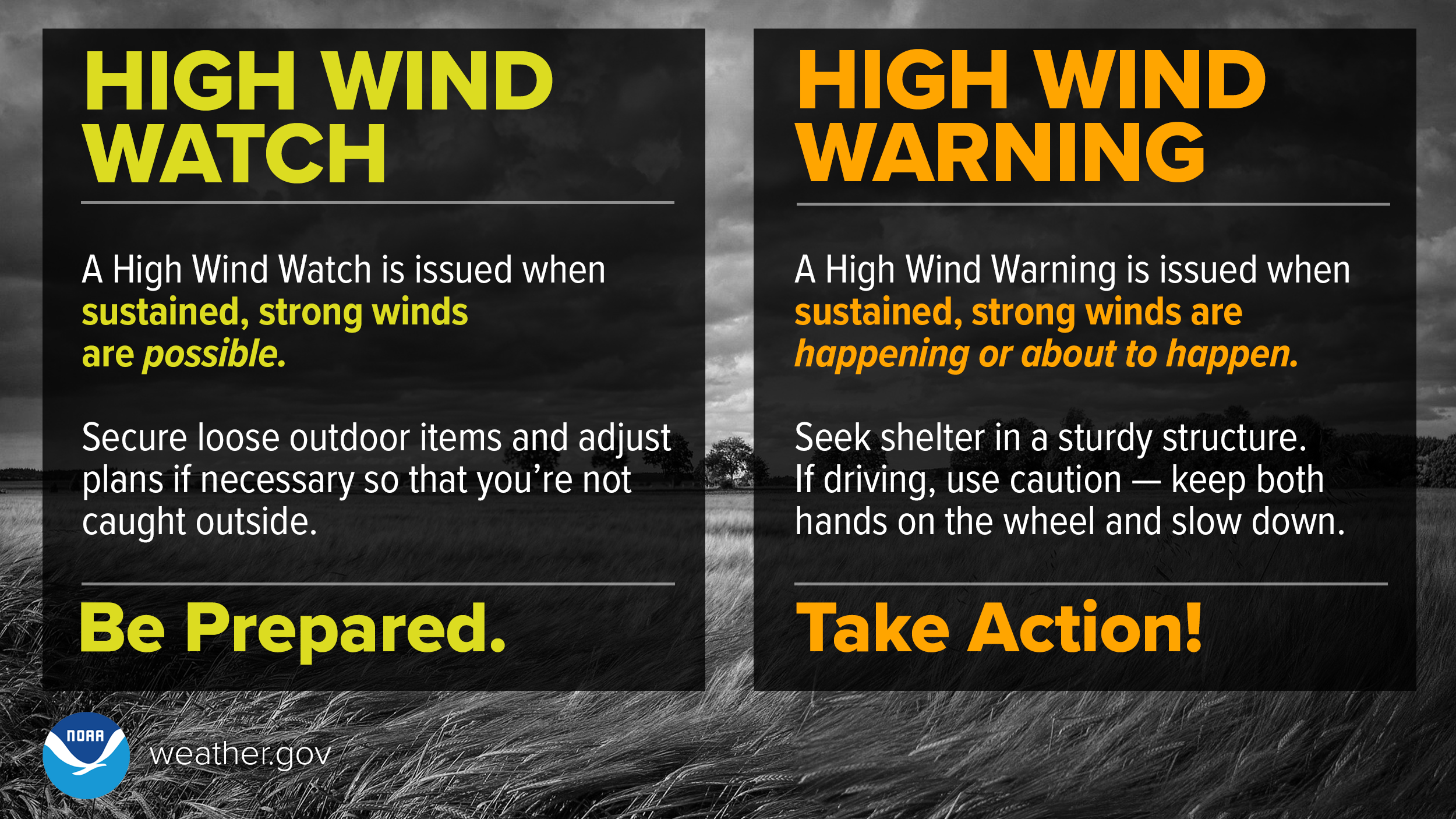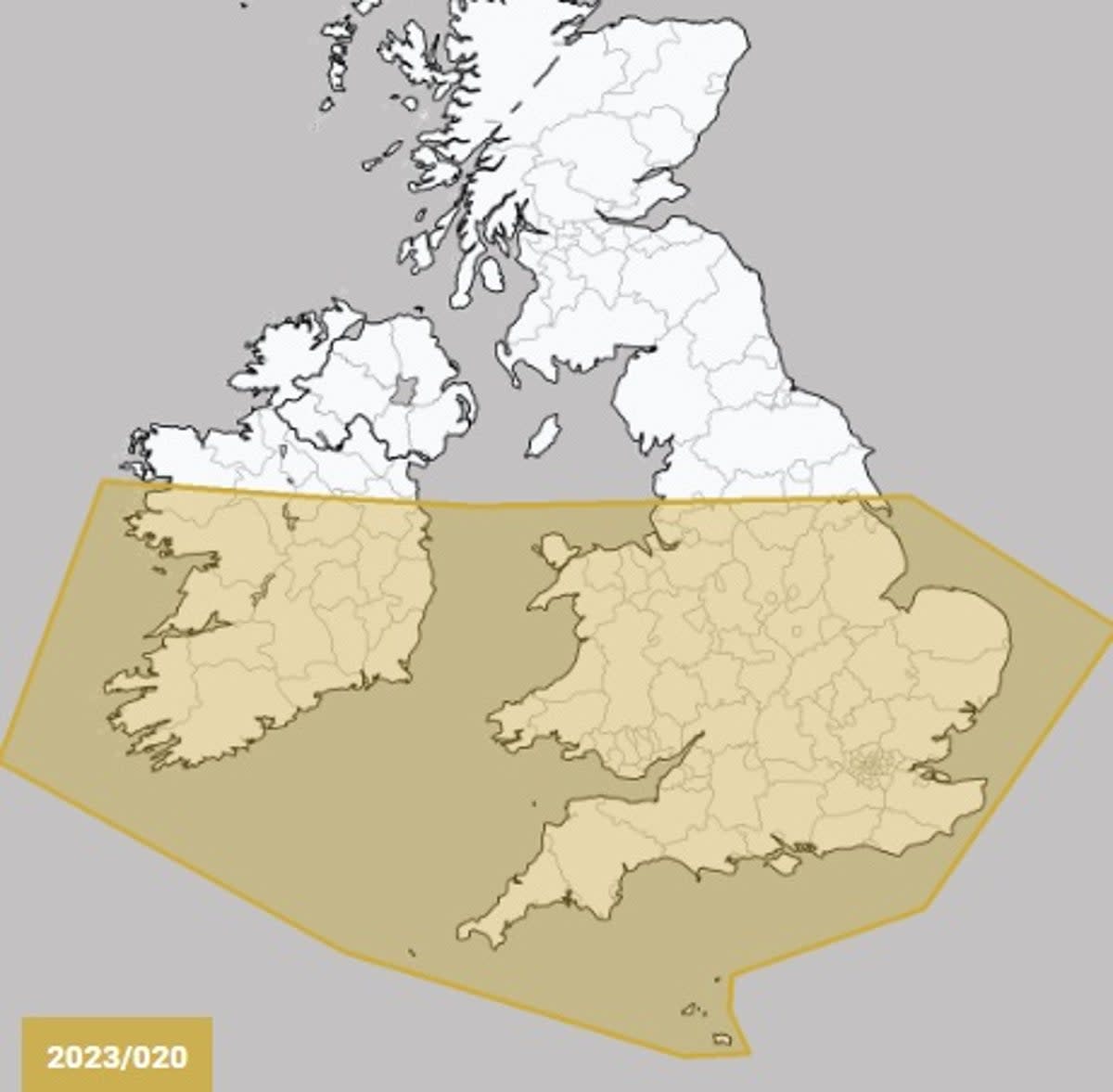Gale-force winds are on the horizon, and a High Wind Warning is in effect. With wind speeds expected to reach up to 74 mph, it's time to prepare your home and family for the storm.

Expect gale-force winds as Typhoon Khanun approaches - SHINE News - Source www.shine.cn
Editor's Notes: This article was published on [date] in response to the National Weather Service issuing a High Wind Warning. This warning is significant because it indicates that there is a high risk of severe winds, which can cause widespread damage and power outages.
To help you prepare for the storm, we've put together this guide with everything you need to know about gale-force winds, including what to do before, during, and after the storm.
Key Differences: Gale-Force Winds vs. Other Wind Speeds
| Wind Speed (mph) | Wind Classification | Potential Impact |
|---|---|---|
| 25-31 | Gale | Minor damage to trees and power lines |
| 32-38 | Strong Gale | Damage to trees, power outages, and structural damage to buildings |
| 39-46 | Storm | Widespread damage to trees, power outages, and structural damage to buildings |
| 47-54 | Violent Storm | Severe damage to trees, power outages, and structural damage to buildings |
| 55-63 | Hurricane-force | Devastating damage to trees, power outages, and structural damage to buildings |
| 64+ | Hurricane | Catastrophic damage to trees, power outages, and structural damage to buildings |
What to Do Before the Storm
- Secure loose outdoor objects, such as patio furniture, grills, and garbage cans.
- Trim trees and remove dead branches that could fall during the storm.
- Inspect your roof for any loose or damaged shingles.
- Stock up on non-perishable food and water in case of power outages.
- Fill up your vehicle's gas tank.
- Have a battery-powered radio and flashlights on hand.
- Develop an evacuation plan in case you need to leave your home.
FAQ
To prepare for anticipated gale-force winds, this repository of frequently asked questions (FAQs) aims to provide the public with essential information in light of the active High Wind Warning. Prepare For Gale-Force Winds: High Wind Warning In Effect

Wind warning - Bennie True - Source okdodd.blogspot.com
Question 1: What actions should I take to safeguard my residence during high winds?
To protect your home, consider the following measures:
- Secure all loose outdoor items, including furniture, grills, and trash cans.
- Trim trees and branches that could potentially fall and cause damage.
- Inspect your roof for any loose or damaged shingles and address them promptly.
- Clear gutters and downspouts of debris to prevent water damage.
- Close and lock all windows and doors securely.
Question 2: What precautions should I take when driving in high winds?
For safe driving in windy conditions, keep these precautions in mind:
- Reduce speed and maintain a safe distance from other vehicles.
- Avoid driving in areas with high crosswinds, such as open fields or bridges.
- Be extra cautious when passing large trucks or RVs, as they can create strong gusts.
- If possible, pull over to a safe location and wait out the high winds.
Question 3: How can I stay informed about the latest weather updates?
To stay up-to-date on the latest weather information:
- Monitor local news and weather forecasts.
- Sign up for weather alerts from reputable sources.
- Follow official social media accounts of meteorological organizations.
- Utilize weather apps on smartphones or other devices.
Question 4: What should I do if there is a power outage?
In the event of a power outage:
- Turn off or unplug electrical appliances to prevent damage from power surges.
- Use flashlights or battery-powered lanterns for lighting.
- Keep refrigerated food and medications in coolers with ice.
- Contact your utility company to report the outage and inquire about restoration estimates.
Question 5: What measures should I take if I am outdoors during high winds?
If caught outdoors during high winds:
- Seek shelter in a sturdy building or enclosed structure.
- Stay away from trees, power lines, and other potential hazards.
- If in a vehicle, pull over to a safe location and wait out the storm.
- Avoid open areas or exposed high ground.
Question 6: What should I do if I experience any injuries or property damage?
In case of injuries or property damage:
- Seek medical attention promptly if injured.
- Report any property damage to your insurance company.
- Take photographs or videos to document the damage for insurance purposes.
- Cooperate with local authorities and emergency responders.
Remember, preparation is key in mitigating the impact of gale-force winds. By following these guidelines and staying informed, you can enhance your safety and well-being during this weather event.
For more comprehensive information and resources, please visit the official Prepare For Gale-Force Winds: High Wind Warning In Effect page.
```html
Tips
When a high wind warning is in effect, gale-force winds can create significant hazards. Protect yourself and your property by taking the following precautions:
Tip 1: Secure loose objects
- Bring in outdoor furniture, garbage cans, and any other items that could be blown away by strong winds.
- Secure trampolines and other large, lightweight objects that could be lifted by gusts.
Tip 2: Stay indoors
- If possible, stay indoors during periods of high wind.
- If you must go outside, be aware of your surroundings and potential hazards, such as falling branches or debris.
Tip 3: Avoid driving if possible
- Strong winds can make driving dangerous, especially for high-profile vehicles such as trucks and vans.
- If you must drive, be extra cautious and avoid areas with high winds, such as bridges or open fields.
Tip 4: Be aware of downed power lines
- High winds can cause power lines to fall, creating a serious hazard.
- Never touch a downed power line. Report it to your utility company immediately.
Tip 5: Watch for falling debris
- Gale-force winds can cause trees and other objects to fall, creating a hazard to people and property.
- Be aware of your surroundings and be cautious when walking or driving in areas where debris may be falling.
Following these tips can help you stay safe during high wind events.
```
Prepare For Gale-Force Winds: High Wind Warning In Effect
Gale-force winds can wreak substantial devastation, threatening life and property. In anticipation of such perilous conditions, heeding the warning and taking proper precautions assumes paramount significance. To ensure optimal protection, focus on these essential aspects:
- Secure Loose Objects: Fence down, branches snapping, toys flying
- Stay Indoors: Falling debris, power lines, tree limbs
- Avoid Driving: Overturned vehicles, fallen trees, limited visibility
- Prepare Emergency Kit: First aid, flashlight, batteries, non-perishables
- Know Evacuation Routes: Designated safe zones, alternate paths
- Protect Windows: Shutter, board, reinforce with tape, prevent shattering

5 best umbrellas for gale-force winds - Source www.chron.com
By meticulously attending to these crucial preparations, individuals can significantly boost their safety and resilience against gale-force winds. Securing loose objects minimizes the risk of wind-borne projectiles. Staying indoors shields from hazardous debris and falling objects. Avoiding driving mitigates the danger of collisions and road hazards. An emergency kit provides sustenance and essential supplies during power outages. Familiarity with evacuation routes ensures a swift and safe exit. Protecting windows safeguards against shattered glass and wind damage. These preparations empower us to respond effectively to gale-force winds, minimizing their potentially catastrophic impact.
Prepare For Gale-Force Winds: High Wind Warning In Effect
A high wind warning is issued when sustained winds of 40 mph or higher are expected. These winds can cause significant damage to property and infrastructure, and can also lead to power outages and transportation delays. In some cases, high winds can even be life-threatening.
Tornado warning issued as galeforce winds and snow to hammer UK ahead - Source www.aol.co.uk
There are a number of things you can do to prepare for high winds:
- Secure loose objects outside, such as patio furniture, grills, and trash cans.
- Bring in any outdoor decorations or plants that could be damaged by the wind.
- Cover windows with shutters or plywood to protect them from breaking.
- Fill your vehicle's gas tank and park it in a garage or other sheltered area.
- Have a plan in place for where you will go if you lose power.
- Make sure you have a flashlight, batteries, and a first-aid kit on hand.
If you are caught in high winds, it is important to stay indoors and away from windows. If you must go outside, wear protective clothing and be aware of your surroundings. Never drive in high winds, as even small gusts can cause your car to swerve or overturn.
By taking these precautions, you can help to protect yourself and your property from the effects of high winds.
Conclusion
High winds can be a serious hazard, but by taking the proper precautions, you can help to protect yourself and your property. If you are in an area where high winds are forecasted, be sure to follow the advice of local authorities and take the necessary steps to prepare.
Remember, a little preparation can go a long way in helping to keep you and your loved ones safe during high winds.

